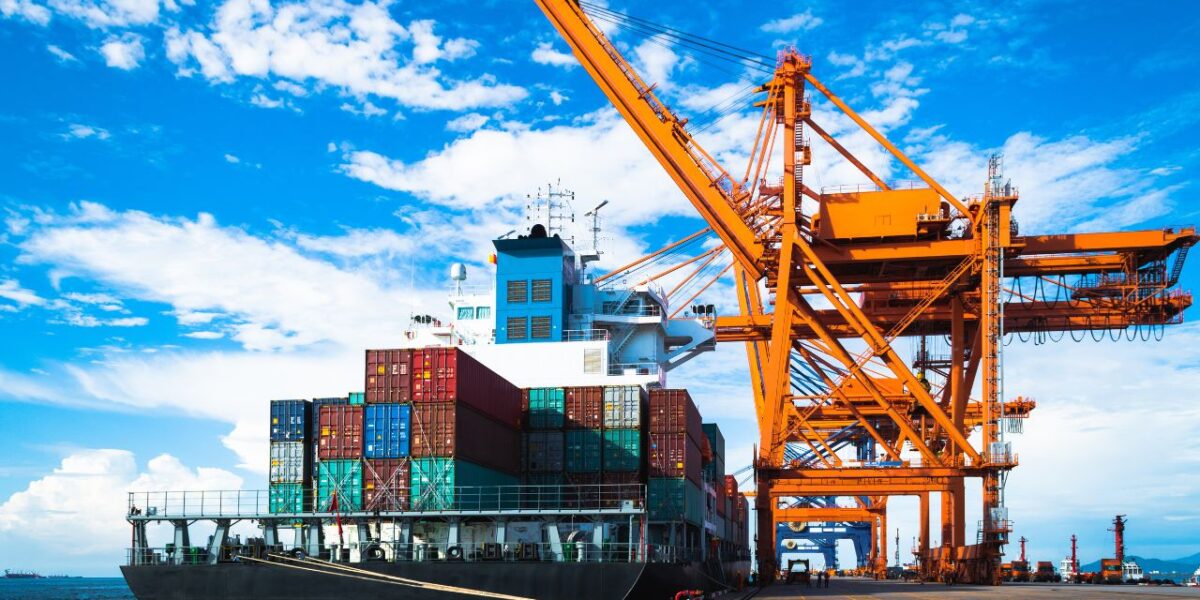In the vast expanse of Canada’s diverse and sprawling landscape, a highly efficient and robust supply chain and logistics network serve as the lifeline of the nation’s economy. With its abundant natural resources, thriving manufacturing sector, and extensive trade relationships, Canada relies on a well-orchestrated system to ensure the smooth movement of goods across its vast territory.
We will explore the intricacies of supply chain and logistics in Canada, highlighting key factors, challenges, and innovations that shape this vital sector.
The importance of supply chain and logistics in Canada
Canada’s supply chain and logistics sector support domestic and international trade. With its geographically dispersed population and vast territory, efficient supply chain management is vital for the timely delivery of goods to consumers and businesses across the country. The sector contributes significantly to Canada’s GDP and employment, acting as a key enabler of economic growth.
Canada’s sheer size and diversity present unique challenges for supply chain and logistics operations. The country spans six time zones and varying climates and includes remote regions with limited infrastructure. These factors pose logistical hurdles, necessitating innovative solutions and stakeholder coordination.
a. Transportation infrastructure: Canada’s extensive transportation infrastructure, including roadways, railways, waterways, and airports, enables the efficient movement of goods. However, maintaining and expanding this infrastructure is a continual challenge, particularly in remote areas, and requires substantial investment.
b. Seasonal variations: Canada experiences significant seasonal variations, with harsh winters and vast distances impacting transportation and warehousing operations. Snowstorms, icy roads, and limited visibility can hinder delivery schedules and increase costs.
Trade relations and cross-border logistics
As a trading nation, Canada has strong economic ties with numerous countries, particularly its neighbour, the United States. The North American Free Trade Agreement (NAFTA) and its successor, the Canada-United States-Mexico Agreement (CUSMA), facilitate the movement of goods across borders. Efficient cross-border logistics are crucial for trade continuity and economic competitiveness.
a. Customs procedures: Adhering to customs regulations and documentation requirements is vital for seamless cross-border trade. Companies must navigate complex procedures to ensure compliance, expedite customs clearance, and minimize delays.
b. Border infrastructure: Canada invests in improving border infrastructure to enhance efficiency and security. Initiatives such as trusted trader programs, technology integration, and pre-clearance processes expedite cross-border movements.
E-commerce and last-mile delivery
The rapid growth of e-commerce has revolutionized Canada’s supply chain and logistics operations. Consumers increasingly expect faster, more reliable, and cost-effective delivery of goods. As a result, last-mile logistics has become a focal point, with companies adopting innovative strategies such as drone delivery, autonomous vehicles, and urban warehousing to optimize this critical stage of the supply chain.
Sustainability and green logistics
Sustainability has emerged as a key focus within the supply chain and logistics industry in recent years. With Canada’s commitment to reducing greenhouse gas emissions, companies are adopting environmentally friendly practices, including optimizing transportation routes, utilizing greener fuels, and investing in energy-efficient facilities. Sustainable practices help mitigate climate change, drive cost savings, and enhance corporate social responsibility.
Supply chain and logistics in Canada form the backbone of the nation’s economy, enabling the seamless flow of goods across vast distances and diverse regions. The sector faces unique challenges, including geographical considerations, cross-border complexities, and seasonal variations. However, with continuous innovation, investment in infrastructure, and a focus on sustainability, the industry is poised to navigate these challenges and drive Canada’s economic growth in the years to come.
Interested in learning more about supply chain and logistics? Enroll in our Diploma in Supply Chain and Logistics Management and if you are a resident of Ontario, you may be eligible for the Ontario government funding for up to $28,000.


